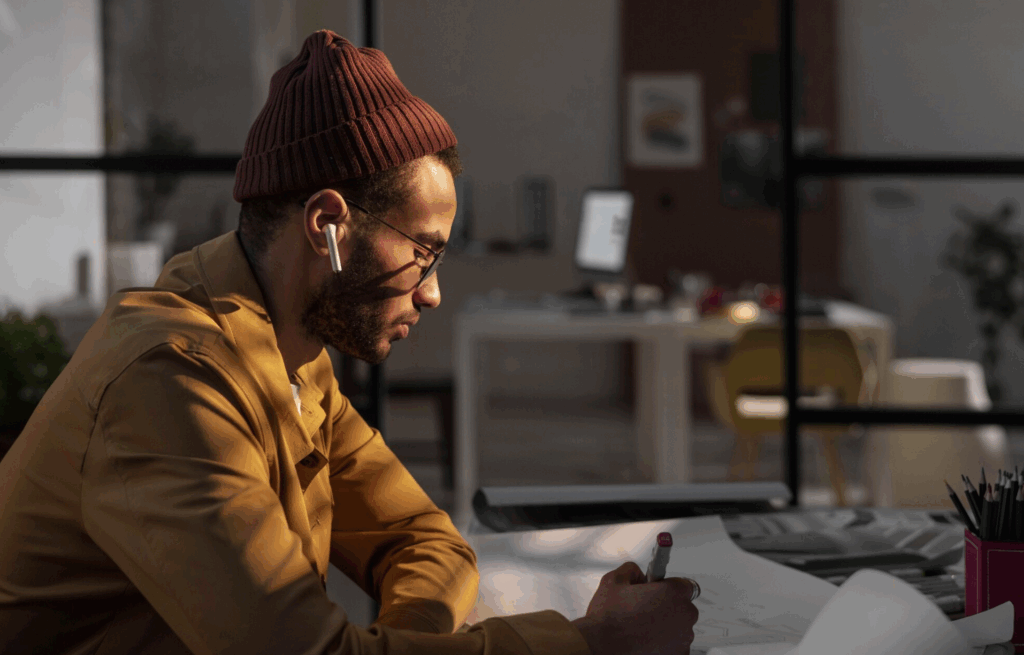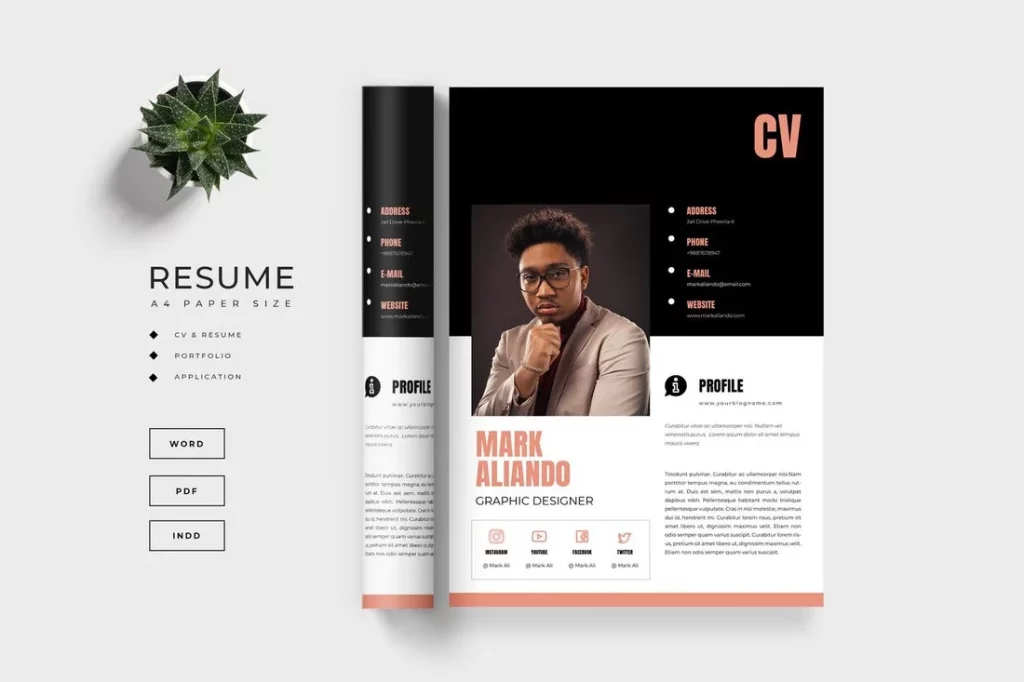A well-crafted design portfolio doesn’t just showcase your skills. It tells your story. It convinces hiring managers, founders, and clients that you’re not just another designer but the right designer. Whether you’re just starting out or looking to level up, this guide will help you turn your raw ideas into a portfolio that lands opportunities.
1. Start With Strategy, Not Screenshots
Before you gather visuals, get clear on:
-
What kind of roles or clients are you targeting?
-
What kind of work do you want to keep doing?
Your portfolio should attract more of the right work, not just show off everything you’ve ever done.
2. Curate with Intention
More isn’t better. Showcase 4 to 6 strong projects that demonstrate:
-
Your problem-solving process
-
Your range (branding, UI/UX, motion, etc.)
-
Your ability to think, not just make things look good
3. Tell the Story Behind the Work
Don’t just drop images. For each project, explain:
-
The problem
-
Your role
-
The process (research, wireframes, iterations)
-
The impact (metrics if available)
This builds trust and shows you’re more than a tool user. You’re a thinker.
4. Keep It Real (Even If You’re Just Starting Out)
No client work yet? Create personal or hypothetical projects that solve real problems. For example:
-
Redesign a local nonprofit’s site
-
Create a campaign for an imaginary brand
-
Document your process like it was a paid gig
5. Make It Easy to Navigate
Use a clean layout. Keep copy tight. Avoid PDF portfolios unless asked. A web-based portfolio is more accessible and shareable. Tools like Framer, Adobe Portfolio, or even Notion work great if well presented.
6. Include a Short Bio & Clear Call to Action
Let visitors know:
-
Who you are
-
What you specialize in
-
How to contact you
Make sure your contact button or email isn’t buried.
7. Update It Regularly
Treat your portfolio like a product. Review it every few months. As you grow, remove early-stage work that no longer represents your level.
Conclusion
A great design portfolio is about clarity, storytelling, and intentional presentation. When you focus on the why and how behind your work, you move from being seen as just a designer to being seen as a creative partner worth hiring.



